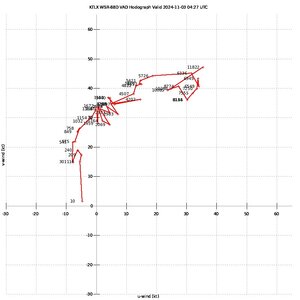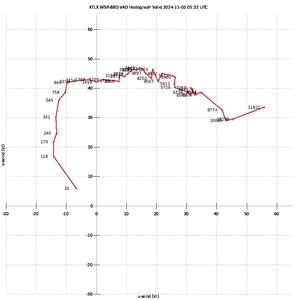Now that we have more info on the terrible loss of life in the Carolinas (~250) and the report from the investors into the Maui Wildfire,
we need National Disaster Review Board more than ever!
Boiling it down, some of the mistakes made in the Boulder Fire (19 months before) were also made in the Maui Fire. A power line fell in both cities that caused a small fire. Both were extinguished (so the respective fire departments thought) so the firemen left. Both fires re-flared.. In addition, there were problems with evacuations. In the cause of Maui's, the NWS issued an extremely strongly worded wildfire forecast four days before that called for gusts to 90 mph. The investigators (from the Hawaii AG's office) found
no one (fire, police, EM's, hospitals) did anything with that forecast. All four Maui EM's went to Honolulu for routine meetings and were not on the island for the fires!
North Carolina: We now know that there was sufficient info was available to order pro-active evacuations could have been issued. This may have mitigated the death toll.
If you are an aircraft designer, for example, you go to the NTSB's web page if you want to know about icing threats, you just go to their database to look up icing accidents and incidents. There is
nothing like that in the field of disasters. When I was in my 20's, we had a major commercial airliner crash about every year, sometimes more than one per year. The last fatality involved by a scheduled airline flight was a single person killed when an Southwest Airline engine exploded in 2018. The last "crash" was in Buffalo in 2009 when 50 people perished due to icing.
This is an incredible level of safety, primarily brought about by the work of the NTSB.
I talk about this on Sharyl Attkisson's podcast, just out:
Appearance on Sharyl Attkisson's Podcast Many of you will recognize her from her Sunday morning news program,
Full Measure.
I don't advise doing anything between now and the election, but after, and if you agree, please contact your congresspeople to see if they would consider moving the bills before Congress pertaining to the NDRB.
Post Script: I forgot to add the info from the nearby tweet. A
Wall Street Journal investigation and an independent investigation showed that FEMA's flood risk maps were badly inaccurate. Please see:
FEMA's Map Underestimated North Carolina Flood Risk , plus more has come to light since that posting. It turns out that many of the homes should have had flood insurance but could not get it because -- per FEMA's maps -- they were not at 100 yr or higher flood risk. Think how much of the financial devastation could have been mitigated with a NDRB possibly discovering this in an earlier investigation and helping FEMA fix the problem.








